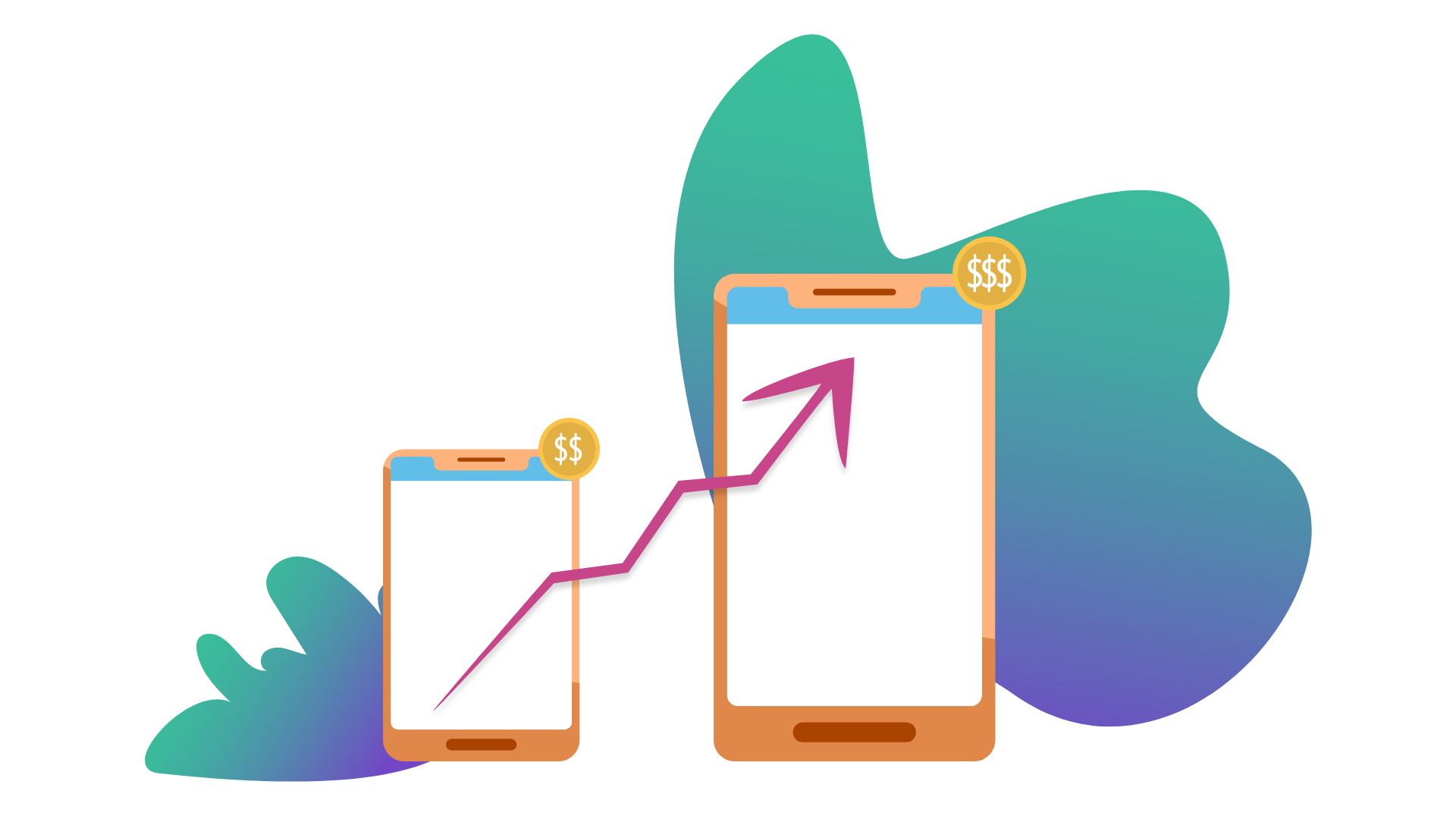
You’ve certainly heard of upsells and order bumps before, but somehow everyone seems to have their own definitions for these terms, the product makers on this list being no exception. The WooCommerce plugin further confuses things by inexplicably categorizing recommendations made on the product page as upsells and recommendations made on the cart page as cross-sells. Therefore, we need to get our terminology straight.
First of all, we’re talking about product recommendations here, but not the type that simply appears on product and cart pages regardless of whether the shopper has put anything into their cart (we have covered those already). That type of product recommendation plugin often goes by the name of “Related Products for WooCommerce.” It is a crude instrument that gets the job done but is not as finely attuned as the tools in this listicle.
Keep that in mind: the product recommendations we are discussing here, whether they are upsells, cross-sells, or downsells, are happening during checkout (before you finish your order) or post-checkout (after you finish your order). Upsells are typically defined as attempts to sell a more expensive product than that which has been purchased or is in the cart. Downsells are defined as attempts to sell a less expensive product. Cross-sells are defined as attempts to sell an equal-priced product.
Sometimes, people specify whether they are talking about recommendations during the checkout or post-checkout process by using the term “post-purchase upsell/downsell/cross-sell.”
Others, like Chris Lema — who has recently established himself as an authority in this domain — refer to order bumps as upsells/downsells/cross-sells that happen during the checkout process and upsells as any type of purchase (no matter the price) that happens during the post-checkout process. This is very common. People use the term upsell to refer to downsells and cross-sells all the time. Unless otherwise stated, we will operate with the definitions set forth in this paragraph.
So, now that we’re clear on our terms, we can begin discussing the top upsell and order bump products available for WooCommerce.
Continue reading WooCommerce: Sell More With Upsell & Order Bump Plugins







